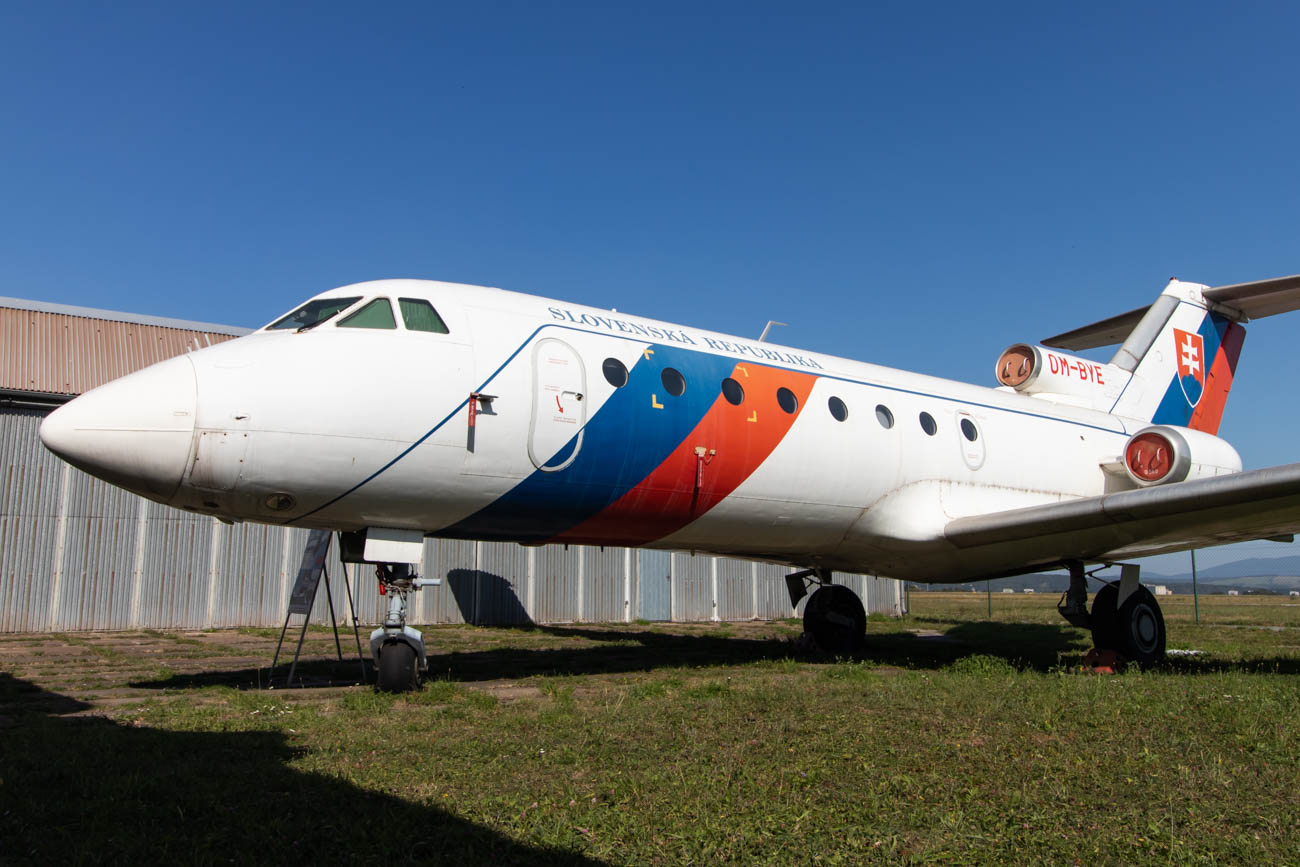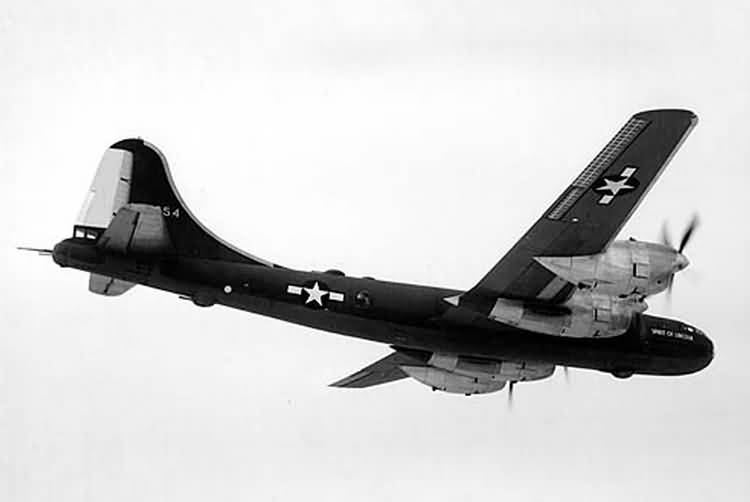Calum Douglas rated the Jumo 213 as the engine with the most modern concept as well as the one with the highest development potential. The peak would have been the Jumo 213N generating 2900 PS using C3 fuel and MW50.
Despite the fact that i ordered and payed his book i never received it possibly as a result from the chaos of brexit. His an expert , but the basic jumo213A was nothing special. Power to weight ratio was nothing special, there were releability problems at least until mid autumn 1944,
Altitude performance was better than the bmw801 but worse than db603A.
The j,n models were just projects
Last edited:



